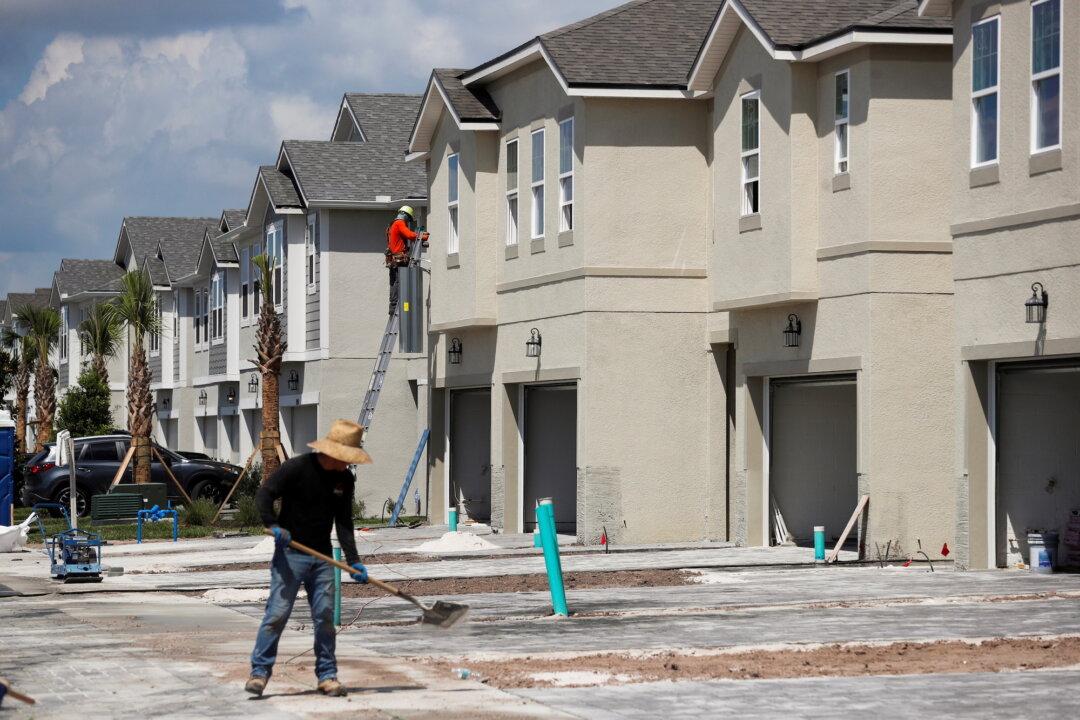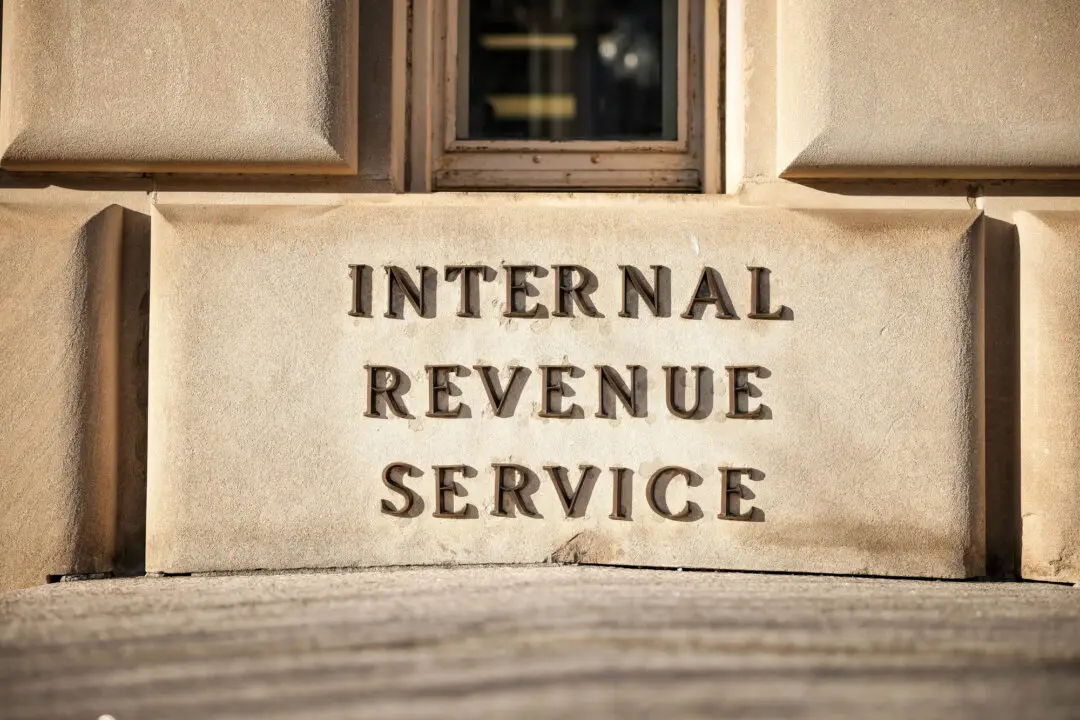New government figures show that the U.S. economy has expanded at a far slower pace in the second quarter than economists had predicted, though real gross domestic product (GDP) surpassed its pre-pandemic high, cementing the V-shaped recovery.
GDP rose at a 6.5 percent annualized rate last quarter, the Commerce Department said in a July 29 statement. The number is an “advance” estimate and will be revised in a future update. The Department revised its first-quarter GDP growth estimate down to 6.3 percent from 6.4 percent.





